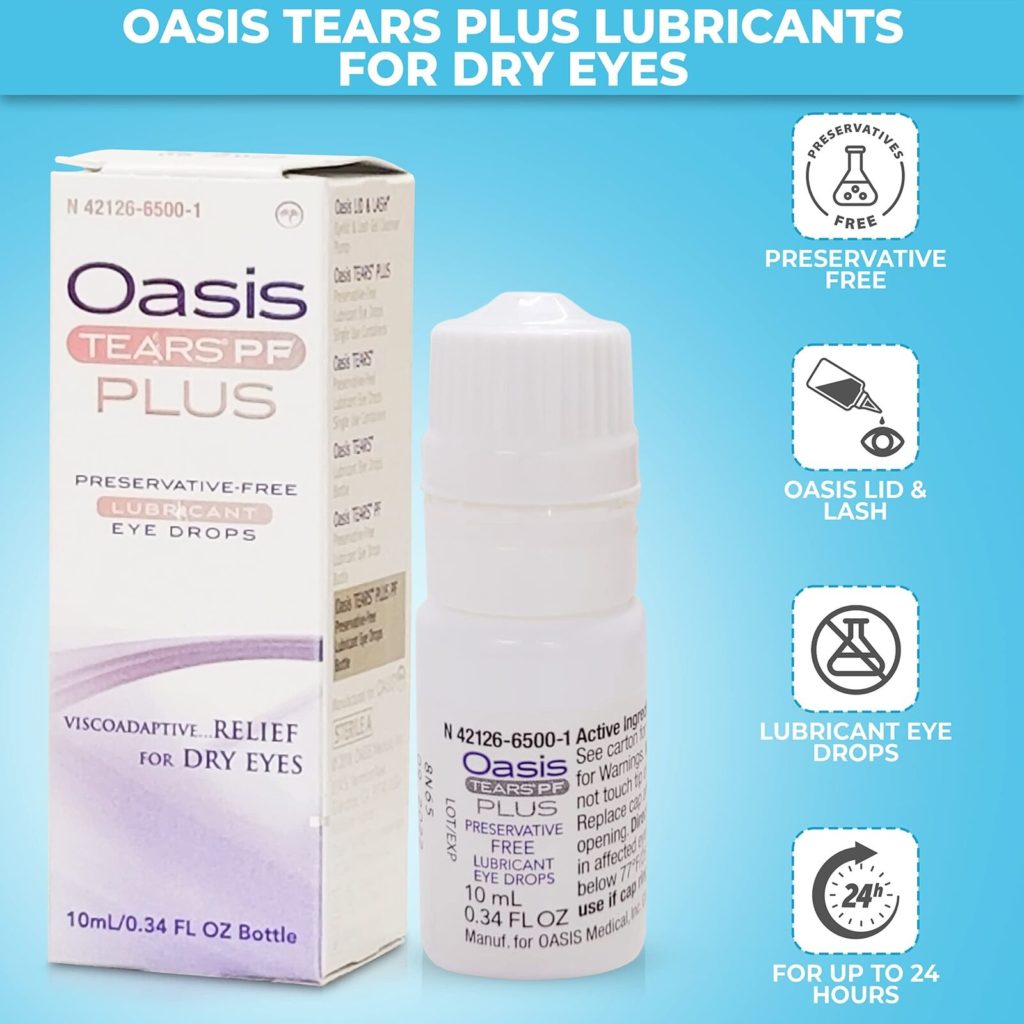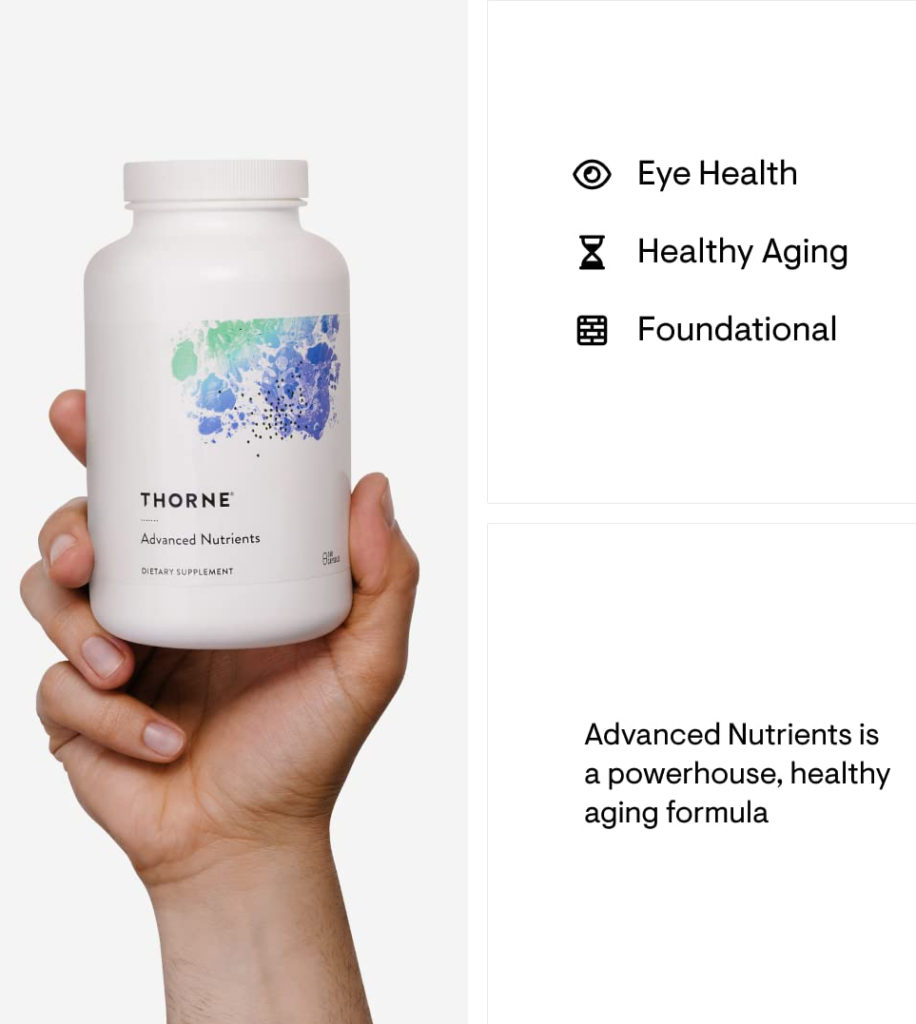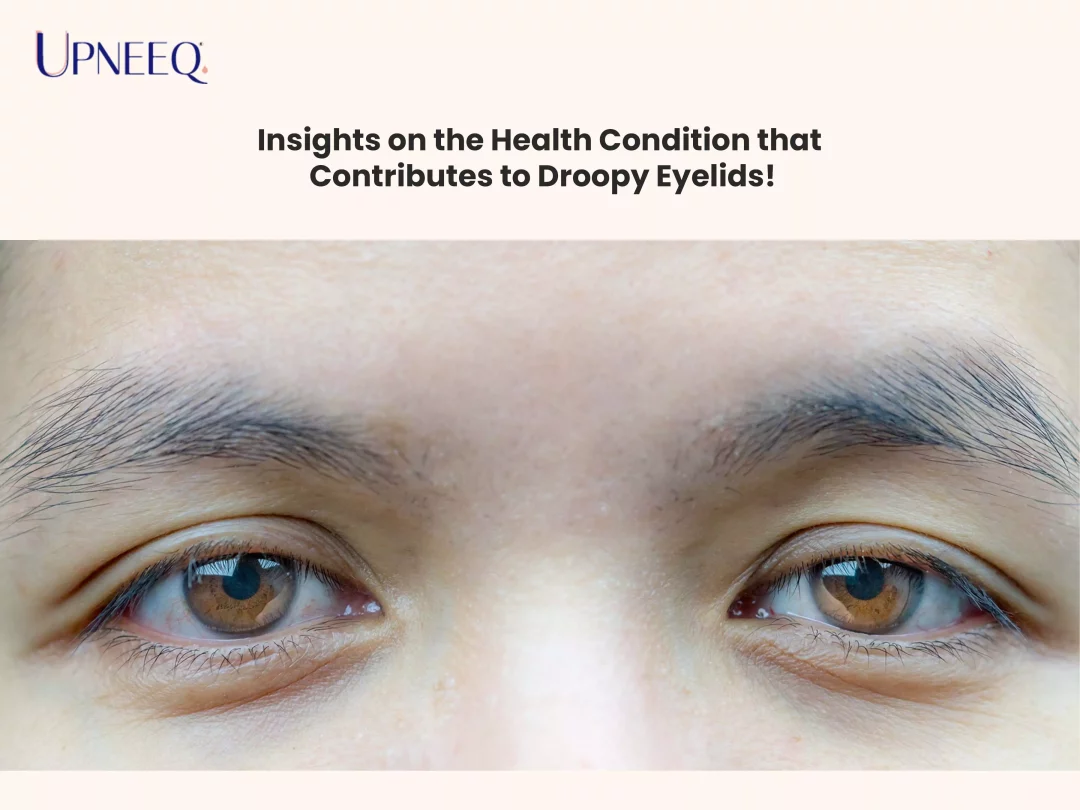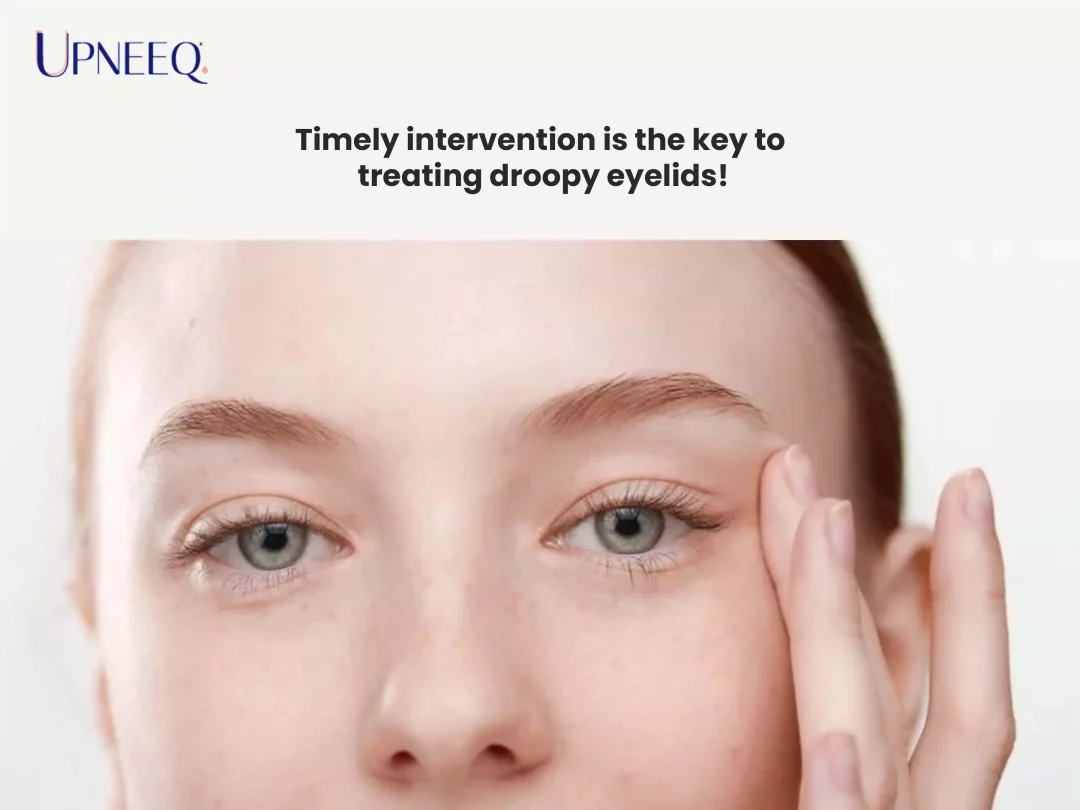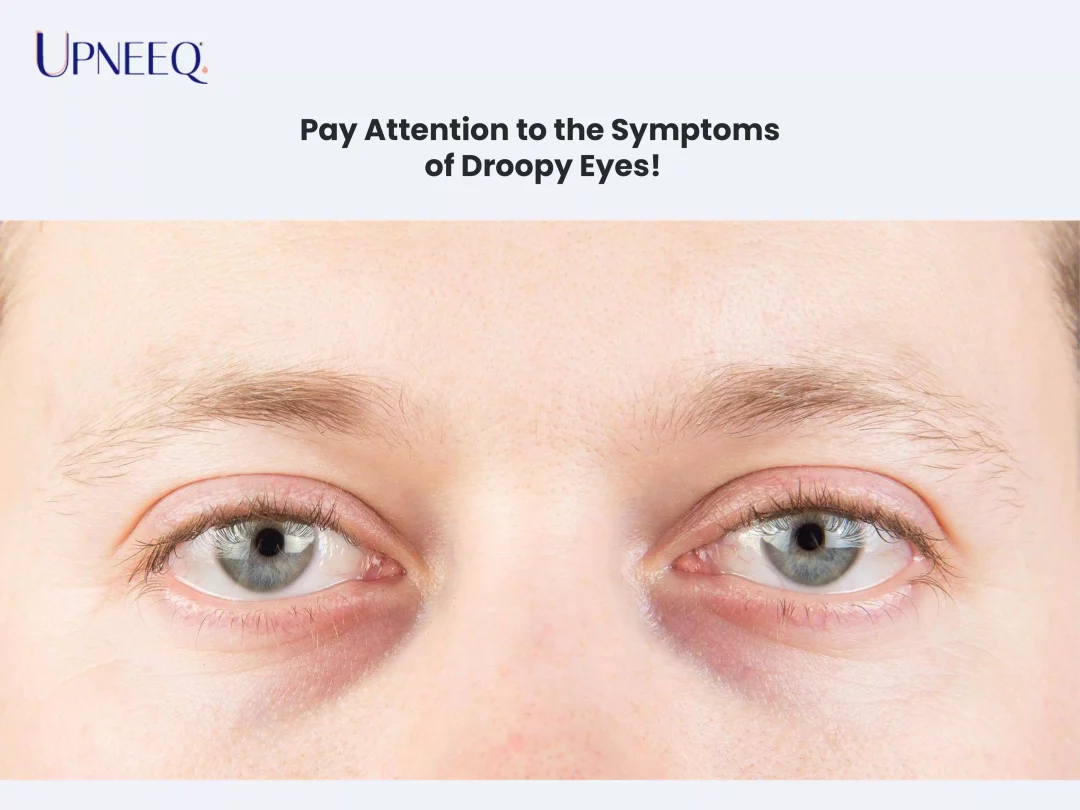Our body is a collection of mind-boggling functions of organs, and all functions collectively function most efficiently. Every part of our body works in a way of perfection that no science can exactly replicate. Our eyes are our body’s most sensitive sensory organs and play a significant role. A myriad of eye conditions occur over time; droopy eyelids are one of them. However, with different viruses, infections, and aging, some functions get interrupted and caught into trouble.
Droopy eyelids should be taken seriously, and one should never ignore any change in the body that requires a medical checkup. The function of your upper and lower eyelids is to shield your eyes from harm. In addition, they aid in regulating the amount of light that enters your eyes and guarantee that the tear film is evenly distributed, shielding them from drying out.
Getting droopy eyelids starts with one or both of your upper eyelids drooping over the upper portion of your eye. A droopy eyelid is typically not a cause for concern, and healthcare professionals can treat most cases with a straightforward surgical operation.
Key Takeaways: A Quick Overview of What to Expect from Droopy Eyelids!
Drooping eyelids have many causes. Some kids get it genetically. Typically, it is not dangerous. But occasionally, droopy eyelids might cause vision problems. In this blog guide, we will learn all about droopy eyes and the conditions that led to them. Also, we will dive into the best procedure to fix droopy eyelids in this blog guide.
Most occurrences of droopy eyelids can be treated with a straightforward surgical surgery. Addressing the underlying issue may help relieve ptosis if it is linked to droopy eyelids.
Speak with an ophthalmologist if symptoms appear suddenly over a few days or hours, accompanied by double vision, a strong headache, or weakness in your arms, legs, or face.
- It is improbable that droopy eyelids will significantly affect health.
- In most cases, the droopy eyelid is hardly evident and has little to no impact on day-to-day activities.
- In other situations, it might impair vision or have a more obvious effect on appearance.
- Once you are confident that you have caught droopy eyelids, medical care—including surgery—is accessible.
- Droopy eyelids have a long recovery time but can be readily managed with treatment.
- Droopy eyelids patients have shown great responses towards the upneeq solution.
Insights on the Health Condition that Contributes to Droopy Eyelids!
Let’s normalize that just like any other machine, our body slows down, or any part stops functioning like it should. Eyes are the windows to our soul, so they should be wide open without any hurdles. Unfortunately, some health conditions can cause some issues in the eyes. Droopy eyelids are luckily reversible, and to avoid it altogether, check out www.webmd.com to understand the reasons for droopy eyelids. Let’s dig into this blog guide and find out the health conditions that contribute to droopy eyelids:
Aging
No other health condition brings all the trouble at once than aging. With every passing day, aging slows down the functions of our body. The “elevator” muscle that lifts your eyelidEyelid is a specialty for droopy eyelids. As you age, the surrounding tissue and skin deteriorate and stretch. Your eyelids could gradually droop as a result of that. It’s possible that you don’t require medical attention. However, if you’re unhappy with how it appears or can’t see well, you can get surgery to lift your EyelidEyelid.
Moreover, the skin may dangle over your eyelid. This condition is known as dermatochalasis, and it may resemble ptosis. The distinction ought to be discernible to your physician.
Diabetes
Hyperglycemia can harm the blood vessels and surrounding nerves in your eyes over time. You may experience double vision in addition to drooping eyelids. With diabetic third nerve palsy, that is possible. When your diabetes is under control, occasionally, your symptoms improve. But, if droopy eyelids impair your vision and persist for more than six months, visit your physicians, as the doctor may recommend surgery.
Botox
Botox may not cause any issues for you. The muscles that cause the sagging around your eyes can become paralyzed by a toxin called Botox. However, the toxin might enter the muscle led by your upper eyelid. You and your doctor will work together to choose the best action. As it goes away, your ptosis should improve. However, apraclonidine eyedrops may be beneficial.
Migraine:
If you suffer from migraines or have problems with your trigeminal nerve, you may develop signs of Horner syndrome. That nerve goes through your jaw and face. Once the headache subsides, your eye should return to normal. However, occasionally, it may sag between strikes. See your physician about medications or alternative therapies to address the underlying cause of your headaches. Additionally, they will rule out a more severe illness.
Eye Infections:
Your eyes may enlarge due to pinkeye or infections. As you heal, your EyelidEyelid should return to its usual state. That might take up to two weeks. You ought to improve on your own. If you have pain, pus, a fever, or your eye is swollen shut, consult your doctor. To remove the fluid, you might require surgery or antibiotics. A warm or cold compress or artificial tears may assist in relieving your eye’s discomfort in the interim.
Changes in hormones:
Hormonal fluctuations might affect how droopy eyelids seem, especially around menopause. Skin elasticity is impacted by fluctuations in estrogen levels, which can lead to skin sagging under the eyes.
To treat the underlying hormonal causes of ptosis, women with hormonal imbalances may want to think about hormone replacement therapy under a doctor’s care.
Heart-related Conditions:
Hardening of arteries causes fatigue, and these two conditions result in heart conditions. Hearth-related conditions indirectly cause drooping eyes. The fragile blood vessels surrounding the eyes get affected by poor blood flow and circulation, which expose the tissues of the eyelids’ ability to receive oxygen and nutrients. Preserving cardiovascular and EyelidEyelid health can be improved by leading a healthy lifestyle that includes regular exercise, a balanced diet, and controlling cardiovascular risk factors.
Neurological Conditions:
Nerves and eyelid muscles are combined in the most complex manner, and neurological conditions lead to both. It is imperative to identify neurological symptoms to treat underlying problems promptly. To minimize the impact on eyelid function, seeking medical attention for conditions such as face weakness or paralysis can help with early intervention.
Inflammation and Immunity:
These disorders cause weakness and ptosis because the immune system misidentifies and attacks the muscles that move the eyelids. Drooping eyelids can be a result of autoimmune diseases, especially myasthenia gravis. Chronic inflammatory diseases similarly impact the tissues of the eyelids. Immunosuppressive medications are frequently used to control the immune response in ptosis caused by autoimmune diseases. Working together with medical specialists is essential to a successful treatment strategy.
Family History and Genetics:
The chance of inheriting ptosis is higher in families when the condition runs in the family. The likelihood of droopy eyelids in an individual is primarily determined by genetics. Recognizing the early indicators and implementing preventative actions require understanding the hereditary components contributing to eyelid sagging. Genetic guidance for genetic counseling may be helpful for people with a family history of ptosis to determine their risk and investigate possible treatments or preventive measures.
Timely Intervention is the Key to Treating Droopy Eyelids!
One thing that can be a game changer in treating droopy eyelids is seeking professional advice. Timely visits to professional medical advisors are essential to guaranteeing a precise diagnosis and successful treatment. Droopy eyes appear due to enormous underlying medical reasons. The evaluations of ophthalmologists, neurologists, or plastic surgery specialists can be highly accurate and helpful. It’s essential to pay attention to persistent droopy eyelid symptoms as they could indicate underlying medical issues. Consulting with neurologists, ophthalmologists, or other appropriate specialists is necessary for an accurate diagnosis and prompt intervention.
Detections on time can reduce the risk of eye issues and preserve the appearance and functionality of the eyes by enabling prompt and effective treatment. The knowledge of medical professionals is essential for navigating the road to recovery and preserving ideal eye health, whether one is thinking about non-invasive therapies, surgery, or lifestyle changes.
Comprehensive eye exams and routine eye checkups can assist in identifying underlying medical issues and early indications of ptosis, enabling proactive management and therapy.
Medical Treatment Options for Droopy Eyelids!
The severity of ptosis will determine how it is treated. Treatment for ptosis is frequently unnecessary because it never results in discomfort or other health problems. Treatment may be beneficial to correct visual impairments or for cosmetic reasons.
To help raise the eyelid, the operation usually aims to tighten the levator muscle or repair the levator aponeurosis. Although the process is safe, issues could arise. The condition may occasionally need to be corrected by the procedure.
Another potential issue is overcorrecting. This results in an eyelid that is either too high or too low and calls for additional surgery.
Surgical Interventions:
Blepharoplasty is one type of surgical intervention that may be considered when underlying medical issues cause a large amount of ptosis. This operation includes elevating, tightening, and removing extra skin from the eyelid muscles to restore a more youthful appearance.
Non-surgical Methods:
By relaxing the muscles that cause ptosis, non-invasive therapies such as Botox injections can offer momentary relief. On the other hand, consistent outcomes usually need multiple sessions. In non-surgical methods, a consistent regime is the key to getting the desired results, and it only happens after some time. So, be patient and trust the process.
Lifestyle Modifications:
Adopting healthy eating habits, quitting smoking, taking precautions against overexposure to the sun, and performing regular eye care procedures can all help prevent or lessen the development of drooping eyelids. Ensure you add shades and cover your eyes to protect them from dust and pollution. Taking good care of their eyes makes them last long effectively.
Upneeq Solutions:
Upneeq eydrops have proven to be a highly effective ointment for droopy eyes. It doesn’t only tighten and lift the eyelids but makes the surroundings of the eyes appear fresh and brighter. Upneeq eyedrop solutions are available online; visit Beverly Hills Eye Care and get your upneeq solution to treat your droopy eyelids without hassle.
Pay Attention to the Symptoms of Droopy Eyes!
- The drooping eyelid is the primary sign of ptosis.
- In many cases, this hang is not apparent and does not hurt. In other situations, a person might think their disease negatively affects their appearance and psychological health.
- In certain situations, the eyelid may cover enough of the eye to impede vision, which could be exacerbated when reading or looking down.
- Additionally, it may result in the eyebrow being raised to make up for the visual obstruction, which may strain the facial muscles.
- A depressed eyelid position, acute ocular tiredness, difficulty maintaining an open eye, and difficulty seeing are common symptoms.
- There may also be an asymmetry in the eyes.
- Ptosis, or droopy eyelids, affects both look and eyesight and is characterized by a prominent sagging of the top eyelids.
Conclusion:
In summary, numerous underlying medical illnesses can cause droopy eyelids, from age-related issues to intricate neurological and immunological diseases. It’s essential to comprehend the underlying causes for both awareness and efficient management. As we investigated the prevalent causes, which included aging, genetics, and lifestyle decisions, it became clear that maintaining general health greatly impacted the function and appearance of eyelids. The complex interactions between muscular injuries, hormone imbalances, and neurological connections highlight the significance of an integrated approach to eye health.
Early detection of the symptoms and signs might facilitate appropriate medical intervention, mainly when eyelid ptosis is a comorbidity of underlying illnesses such as thyroid dysfunction, myasthenia gravis, or Bell’s palsy. With this knowledge, people are more equipped to make educated lifestyle decisions and, when necessary, seek professional advice. Furthermore, for people who are struggling with droopy eyelids, investigating non-surgical and surgical therapy alternatives gives them hope.
Ultimately, treating underlying medical issues linked to droopy eyelids is complex. By prioritizing eye health, implementing preventive measures, and remaining aware of our bodies’ signals, we may proactively preserve our valuable eyesight appearance and general health.

